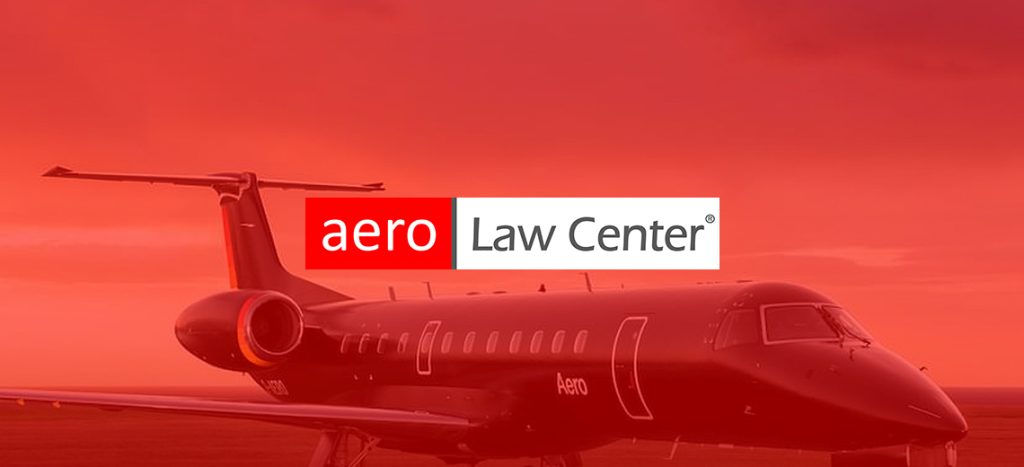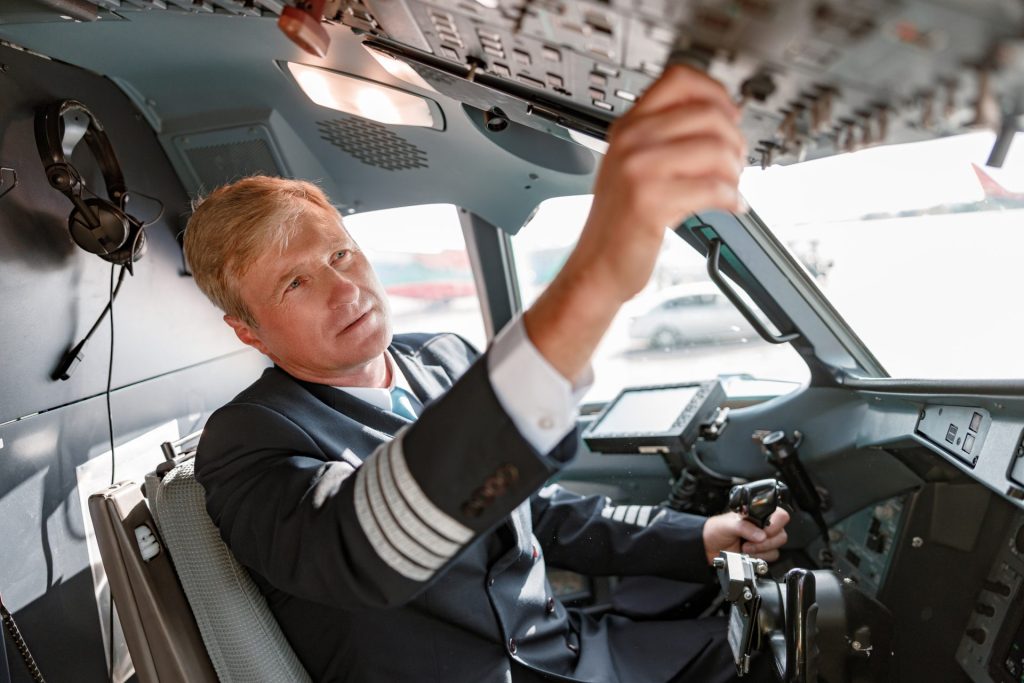The FAA regulates different types of aviation under separate headings, or “parts,” of the Federal Aviation Regulations (FAR). Each aviation operator must apply for FAA certification under one of these parts. Parts 135 and 129 both regulate commercial aviation—one covers US-based commuter service and unscheduled commercial flights, and the other covers foreign carriers that operate within the US or fly US aircraft outside of it.
Commuter airlines serve many of America’s rural communities, and charter flights provide important travel and cargo shipments to remote areas. Part 135 applies to US carriers that operate smaller aircraft for a number of aviation services, including:
- Commuter air flights
- Contracted US mail transport
- On-demand charter flights
- Air ambulances (helicopters)
Part 129 covers major airlines such as Air Canada and Aer Lingus, as well as smaller operators that run charters, train pilots, or carry cargo. The purpose of Part 129 is to regulate international air services according to federal and international aviation standards.

It applies to:
- “Each foreign air carrier conducting operations within the United States, and
- Each foreign air carrier or foreign person operating U.S.-registered aircraft solely outside the United States in common carriage.”
14 CFR § 129.5(a).
Thus, a small operator might apply for Part 135 if they are situated just south of the US border—or west if they are in Alaska—but if they are north of it or east in the Yukon, they would need to apply for Part 129. Although the parts have some stark differences, they also have much in common when it comes to the challenges of administration and management.
The Certification Processes
Part 135 air operators must undergo a lengthy certification process with the FAA. Any pilot who “holds [themselves] out” as providing charter services to the public must apply for this certification.
Currently, the FAA is cracking down on charter operators who avoid this process due to its expense and heightened safety requirements. Pilots and operators dodge the regulations in part because it may take two years or more for the FAA to complete processing for a Part 135 application. Certification involves compiling documentation and manuals, attending in-person interviews at the local field office, design assessments, testing, and flight checks.
To comply with Part 129, a carrier must not only apply to the FAA for certification but also to the Department of Transportation (DOT) for licensing. The DOT provides economic authority for a Part 129 carrier to operate. The process depends on the carrier’s country of origin as well as the type of operations they seek licensing for. For example, Canadian air charter operators are exempt from certain DOT regulations, and EU applicants can submit an abbreviated application.
Part 129 applicants are certified separately through the FAA to ensure their compliance with national and international safety standards. For this reason, applicants must be from one of the countries that the FAA has approved through its International Aviation Safety Assessment program. The FAA processes Part 129 certifications through its International Field Offices (IFOs), which are located in Dallas, New York, Miami, and Los Angeles. Each office has designated international service areas. Our nearest, Miami, serves the nations of the Caribbean and several countries in the Middle East.
OpSpecs and Regulations
At the final stage of their certification, all carriers receive operation specifications, or OpSpecs. These describe how the carrier is permitted to operate, down to minute detail. They include:
- Kinds of operations authorized.
- Authorization and limitations for routes and areas of operations.
- Airport limitations.
- Time limitations, or standards for determining time limitations, for [maintenance and inspections].
- Authorization for the method of controlling weight and balance of aircraft.
See 14 CFR § 119.49 for these and other specification types.
OpSpecs and regulations can change due to new interpretations or policy shifts. Due to the press of business on the ground and the unpredictability of life in the air, it is often challenging to maintain compliance.

The FAA may levy civil penalties of thousands of dollars for violations such as:
- Runway incursions
- Unauthorized commercial flights
- Deviation from ATC instructions
- Failure to maintain safety systems
- Inaccuracy in an application or failure to apply for deviations likely to affect safety
Some violations can endanger the certifications of airmen and businesses, threatening the livelihoods of everyone involved. Others, such as the use of unqualified pilots, may even carry criminal penalties.
How We Can Help
At Aero Law Center, we can help you sort through the tangle of certifications, qualifications, and regulations, whatever your needs may be. We work with carriers that are certified or seeking certification under Parts 91K, 121, 125, 129, and 135. Our office can assist you with:
- The FAA certification process. We can help you compile the documentation and paperwork and act as liaisons to your local field office.
- Ongoing compliance and regulation matters. When there are difficulties or questions about following OpSpecs or regulations, we’ll find answers.
- Aircraft sales and partnerships. If your business needs a new aircraft—or your aircraft needs a new business—we can advise you on terms and draft clear contracts that can help you avoid unnecessary expense and conflict in the future.
- Business litigation and representation following FAA violations.
Contact us today at 954-869-8950 to schedule a free initial consultation at our Fort Lauderdale offices.

 CALL US NOW
CALL US NOW






